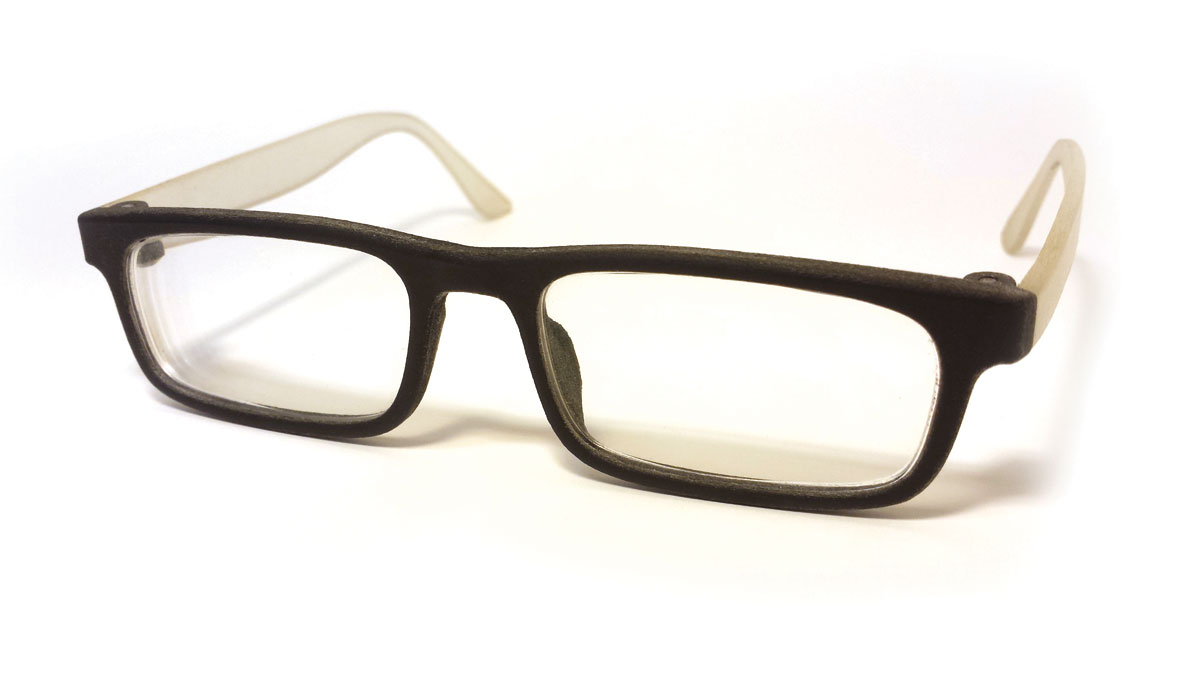Here’s how I designed 3D-printed eyeglass frames, around lenses that can be made by any optometrist. Printing them on a MakerBot costs nothing compared to buying new frames.
First I 3D-scanned my lenses using my phone’s camera and Autodesk’s 123D Catch software (instructables.com/id/3d-scanning-a-glasses-lens). You can order new prescription lenses or replacement sunglass lenses and design around those, or — even easier —download readymade 3D lens models from eyewearkit.com.
Make it really simple by just grabbing my 3D frames (download the files here) and modifying them to save yourself a lot of design time!





























